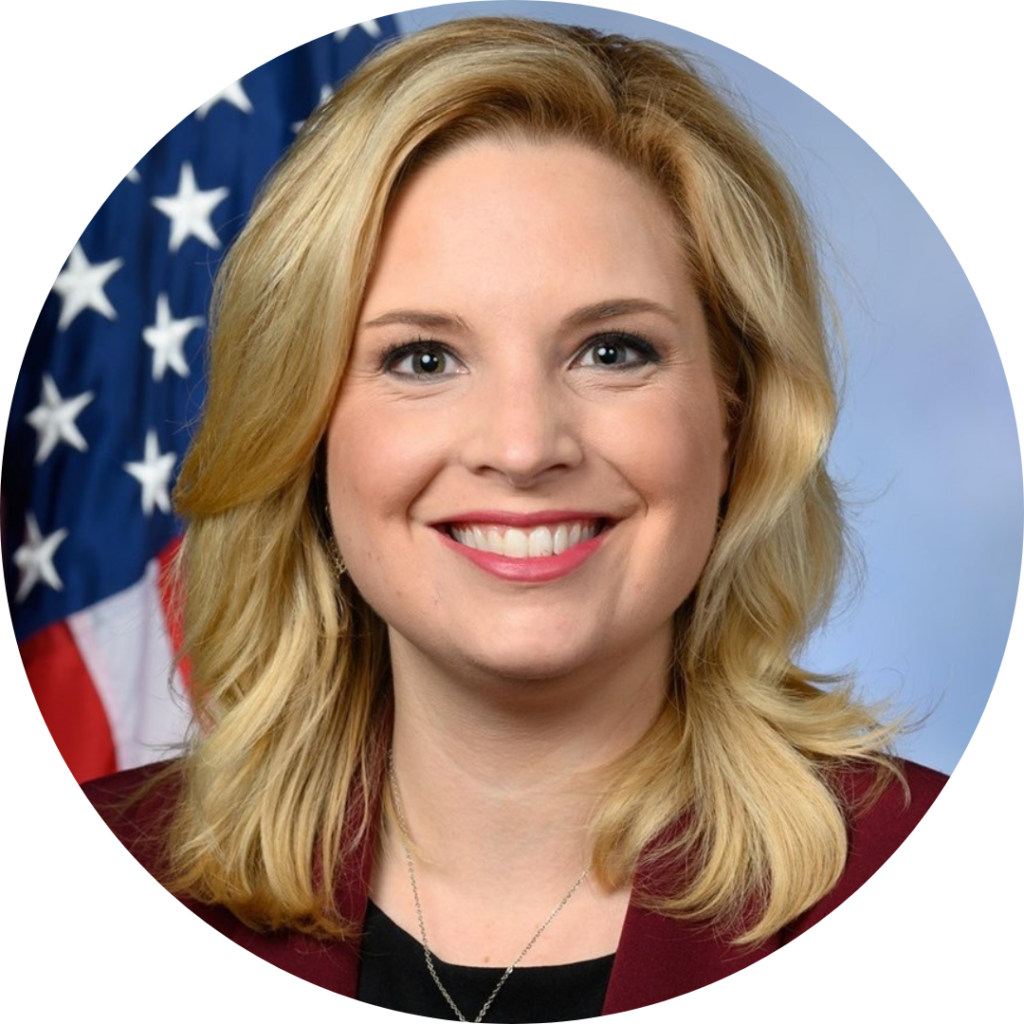Bipartisan Bill Seeks to Leverage Existing Tax Credits to Support Working Parents and Employers in Accessing Child Care

Last week, Rep. Salud Carbajal (D-CA) and Rep. Lori Chavez-DeRemer (R-OR) introduced H.R. 4571, the Child Care Investment Act of 2023, which would enhance three existing tax credits to address the cost and accessibility of child care for working parents. Specifically, the bill would improve the Child and Dependant Care Tax Credit (CDCTC), the Employer-Provided Child Care Credit (45F), and the Dependent Care Assistance Program (DCAP) in the following ways:
- CDCTC: the bill makes the credit fully refundable, indexes it to inflation, and increases the highest credit rate to 50% and the lowest to 35%.
- 45F: the bill expands the credit to include in-home care, increases the credit rate to 50% and caps it at $500,000, and small businesses receive a credit of 60%.
- DCAP: the bill increases the maximum exclusion to $10,000 plus an additional $2,000 per eligible dependent.
These tax credits are critical tools for improving working families’ ability to access care and supporting employers in sharing the cost of child care which helps to ensure workforce retention and stability.
The CDCTC remains the only tax credit that exclusively helps parents offset the high costs of child care expenses. Currently, the credit is non-refundable and allows parents to claim a percentage of expenses to help cover the cost of care for children under the age of 13 or adult dependents, with a maximum credit of $2,100 per year for families with two or more children. As it stands, the credit has not kept up with inflation or the rising cost of care (more about the CDCTC can be found here). This credit is often confused with the Child Tax Credit (CTC), which is available to parents for each qualifying dependent under the age of 17 and can be used to pay for essential costs such as food or rent, in addition to child care costs. These credits are both essential to supporting parents in offsetting the costs of going to work and providing for their families.
Currently, the Employer-Provided Child Care Credit (45F) allows businesses to reduce their income tax liability by up to $150,000 per year, including 25% of qualified child care expenditures and 10% of qualified child care resource and referral expenditures. However, the credit is currently underutilized by businesses across the country due to an insufficiently low credit maximum and a lack of employer awareness about the credit.
Finally, the Dependent Care Assistance Plan (DCAP) supports families’ ability to afford child care by allowing working parents to set aside pre-tax income for child care in an employer-offered flexible spending account known as a money to be placed in dependent care assistance plan (DCAP). The DCAP contribution limit was temporarily raised to $10,500 to support families struggling during the pandemic, but the permanent contribution limit has been set at $5,000 since 1986. Since then, child care costs have risen consistently to more than $15,000 a year on average.
Bolstering tax credits aimed at offsetting child care costs have long had bipartisan support from members of Congress. In 2019, Rep. Jason Smith (R-MO) and former Rep. Stephanie Murphy (D-FL) along with Sens. Angus King (I-ME), Susan Collins (R-ME), Kyrsten Sinema (D-AZ), Jacky Rosen (D-NV), and former Sen. Richard Burr (R-NC) introduced the Promoting Affordable Childcare for Everyone (PACE) Act to enhance CDCTC and DCAP. These bipartisan efforts serve to address the same concern: working parents do not have adequate supports to be able to access and afford care, and existing tax incentives need to be enhanced to meet the rising cost of care and the economic imperative of ensuring workforce stability.
More about tax code supports for working parents can be found here. An explainer for the CDCTC, DCAP, and 45F can be found here.
Subscribe to FFYF First Look
Every morning, FFYF reports on the latest child care & early learning news from across the country. Subscribe and take 5 minutes to know what's happening in early childhood education.



